Archives
- 2025-11
- 2025-10
- 2025-09
- 2025-04
- 2025-03
- 2025-02
- 2025-01
- 2024-12
- 2024-11
- 2024-10
- 2024-09
- 2024-08
- 2024-07
- 2024-06
- 2024-05
- 2024-04
- 2024-03
- 2024-02
- 2024-01
- 2023-12
- 2023-11
- 2023-10
- 2023-09
- 2023-08
- 2023-07
- 2023-06
- 2023-05
- 2023-04
- 2023-03
- 2023-02
- 2023-01
- 2022-12
- 2022-11
- 2022-10
- 2022-09
- 2022-08
- 2022-07
- 2022-06
- 2022-05
- 2022-04
- 2022-03
- 2022-02
- 2022-01
- 2021-12
- 2021-11
- 2021-10
- 2021-09
- 2021-08
- 2021-07
- 2021-06
- 2021-05
- 2021-04
- 2021-03
- 2021-02
- 2021-01
- 2020-12
- 2020-11
- 2020-10
- 2020-09
- 2020-08
- 2020-07
- 2020-06
- 2020-05
- 2020-04
- 2020-03
- 2020-02
- 2020-01
- 2019-12
- 2019-11
- 2019-10
- 2019-09
- 2019-08
- 2019-07
- 2019-06
- 2019-05
- 2019-04
- 2018-11
- 2018-10
- 2018-07
-
EZ Cap™ Human PTEN mRNA (ψUTP): Redefining Functional Res...
2025-09-28
Explore how EZ Cap™ Human PTEN mRNA (ψUTP) enables targeted, immune-evasive gene restoration to inhibit the PI3K/Akt pathway in advanced cancer models. This article offers a unique, mechanistic perspective on mRNA stability enhancement and its impact on translational cancer research.
-
Plerixafor (AMD3100): Redefining CXCR4 Antagonism in Canc...
2025-09-27
Explore how Plerixafor (AMD3100), a potent CXCR4 chemokine receptor antagonist, is revolutionizing cancer metastasis inhibition and hematopoietic stem cell mobilization. This comprehensive guide uniquely examines mechanistic nuances, translational opportunities, and the evolving landscape of CXCL12/CXCR4 axis inhibition.
-
Aprotinin (BPTI): Biophysical Insights and Next-Gen Appli...
2025-09-26
Explore the multifaceted role of aprotinin, a leading serine protease inhibitor, in surgical bleeding control and inflammation modulation. Uncover unique links between membrane biomechanics, protease signaling, and cardiovascular research for advanced scientific insight.
-
Influenza Hemagglutinin (HA) Peptide: Unraveling Precisio...
2025-09-25
Explore the unique role of the Influenza Hemagglutinin (HA) Peptide as a molecular tag in dissecting dynamic protein ubiquitination and interaction networks. This in-depth article offers advanced insights into HA tag peptide mechanisms, contrasting with standard approaches to protein detection and purification.
-
10 mM dNTP Mixture: Enabling Precision DNA Synthesis in C...
2025-09-24
Discover how the 10 mM dNTP mixture empowers advanced DNA synthesis and PCR workflows, even amid barriers to nucleic acid delivery. Explore the molecular interplay between nucleotide substrates, enzymatic function, and intracellular trafficking for superior results.
-
Clozapine N-oxide: Chemogenetic Control and Circuit Analy...
2025-09-23
-
These results show that quercetin can restore the enzyme act
2025-04-21

These results show that quercetin can restore the enzyme activity of the cholinergic system nonneural induced by demyelination. The AChE activity has been used as an indicator of human cell aging with lowered levels commonly associated with older human red blood Cell Counting Kit-8 (CCK-8) [51]. The
-
In the last decade the zebrafish has
2025-04-19
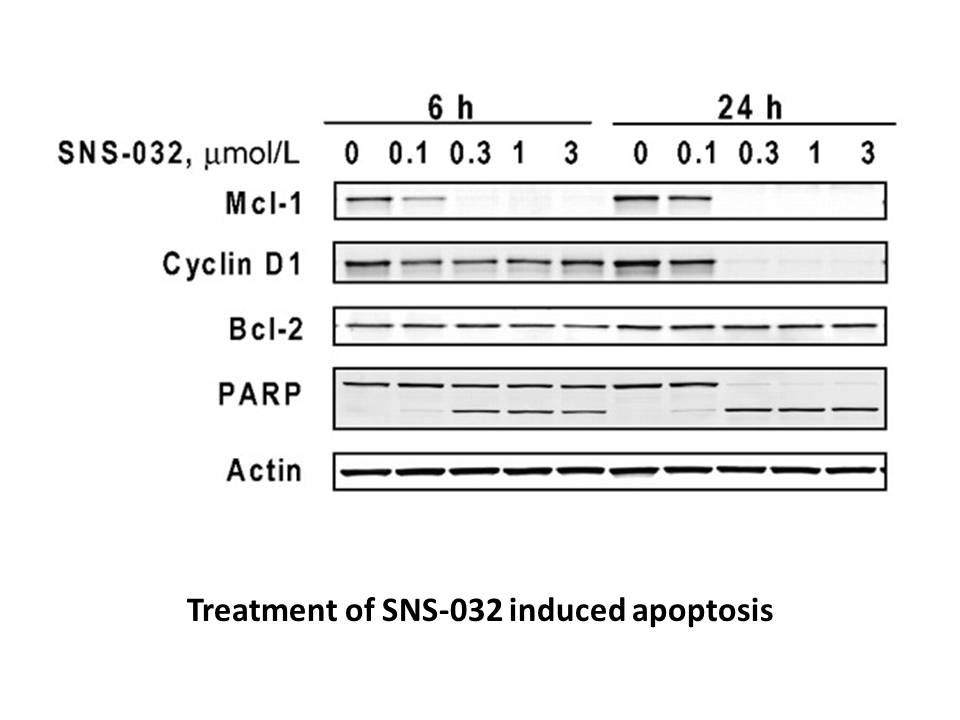
In the last decade, the zebrafish has emerged as a valuable vertebrate model to systematically dissect the genetic underpinnings of both vertebrate heart development and function [8,9], as well as distinct cardiac diseases such as congenital heart disease [10], cardiomyopathies [11,12] and cardiac a
-
br Experimental protocols br Results and
2025-04-18

Experimental protocols Results and discussion Conclusion 15-LOX-1 is an important mammalian lipoxygenase which plays an important role in the biosynthesis of leukotrienes, lipoxins and other signalling molecules. These signalling molecules play a regulatory role in several respiratory disea
-
From an historical perspective ligands for GPCRs adrenaline
2025-04-16
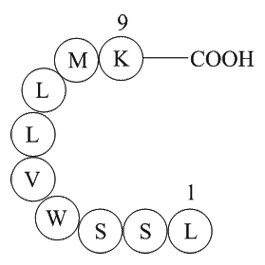
From an historical perspective, ligands for GPCRs (adrenaline, serotonin, Y-27632 dihydrochloride or morphine, to name a few) have been identified before their receptor counterparts, at a time when the concept of receptor itself was controversial [15]. Although many cognate receptors for endogenous
-
There are in contrast many
2025-04-15
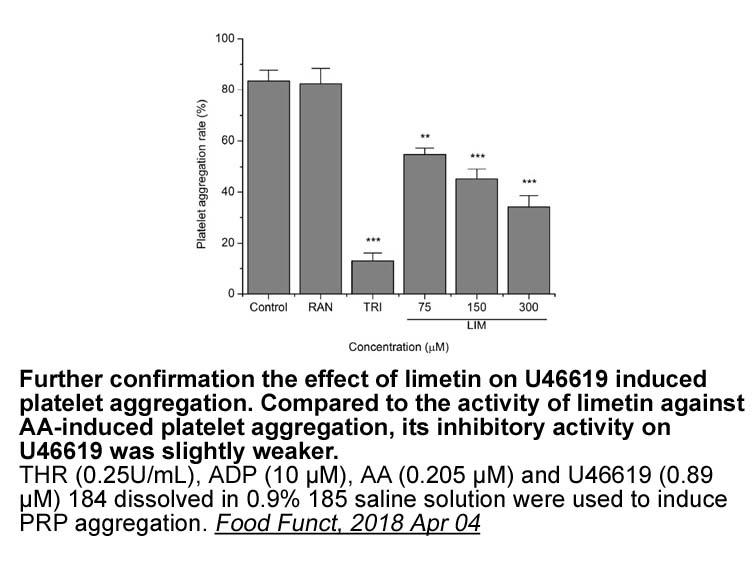
There are in contrast many studies demonstrating that sex steroids modulate Prestained Protein Marker (Triple color, EDTA free, 10-250 kDa) processing of stimuli related to reproduction and this correlates with the observation that steroid receptors and aromatase are expressed in many brain nuclei
-
The most likely explanation for the species differences
2025-04-15
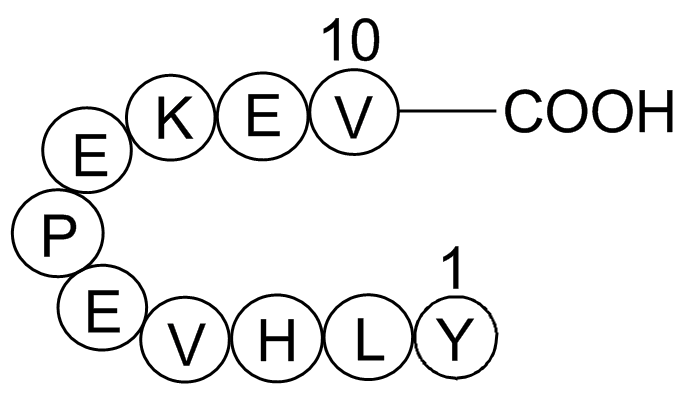
The most likely explanation for the species differences in aromatase distribution and the unique 3X (DYKDDDDK) Peptide distribution in humans is the unique location, size and highly elaborate organization of the human aromatase gene (e.g. Bulun et al., 2003). The human Cyp19 is a large gene located
-
Because R gene is positively regulated by T and
2025-04-15
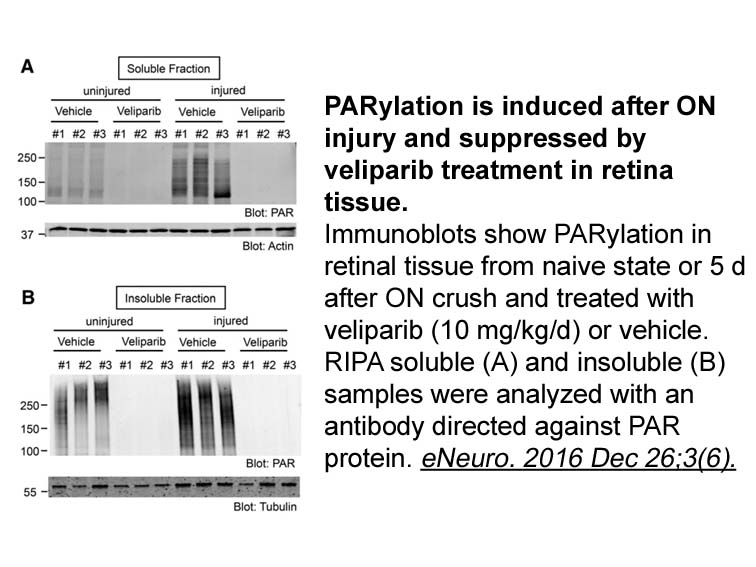
Because 5α-R2 gene is positively regulated by T and in the prostate gland (Torres et al., 2003), and our BPA-treated rats showed decreased circulating T and probably intraprostatic androgen levels, it might be responsible for the decrease of 5α-R2 expression. However, in a previous work using castra
-
Hypoxia of the adipose tissue is a key step in
2025-04-14

Hypoxia of the adipose tissue is a key step in the inflammatory response linked to obesity and contributes to accelerated tumor progression in the obese population (Rosenow et al., 2013). Intermittent hypoxia exposure induces a 2.2-fold increase in the infiltration of tumor-associated macrophages an
-
br Aromatase the key enzyme for estrogen formation in
2025-04-14

Aromatase: the key enzyme for estrogen formation in adipose tissue Estrogens are synthesized from androgens by aromatase, a member of the cytochrome P450 superfamily, which is the rate-limiting enzyme in estrogen biosynthesis (Santen et al, 2009, Simpson et al, 1994). At the cellular level, aroma